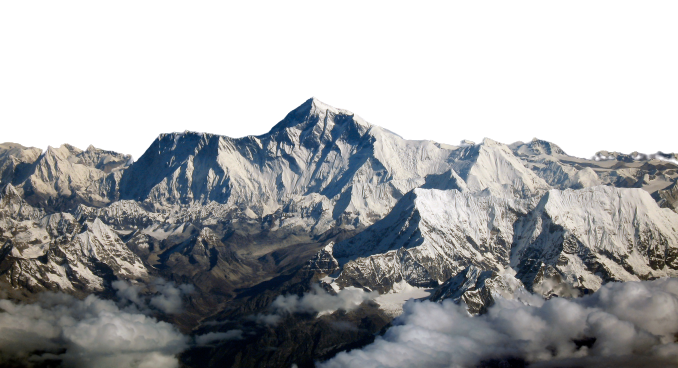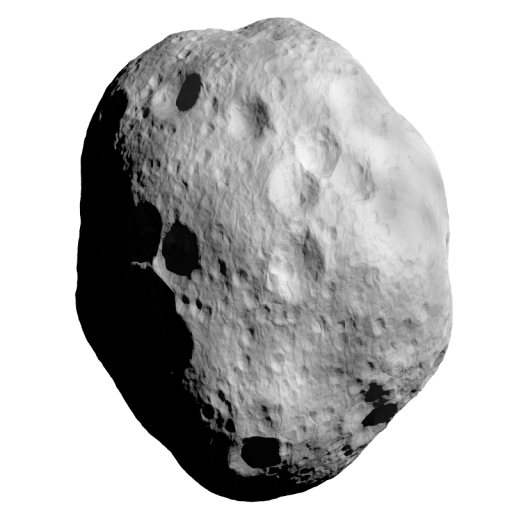Key Facts
- Categorized as a Outer Main-belt Asteroid
- Comparable in size to the U.S. Pentagon
- Not a Near Earth Object
- Not a Potentially Hazardous Object
- See orbit simulation
Overview
2017 FE217 is a mid-sized asteroid that orbits between Mars and Jupiter in the outer reaches of the main asteroid belt. NASA JPL has not classified 2017 FE217 as potentially hazardous because its orbit does not bring it close to Earth.
2017 FE217 orbits the sun every 2,110 days (5.78 years), coming as close as 2.90 AU and reaching as far as 3.53 AU from the sun. Based on its brightness and the way it reflects light, 2017 FE217 is probably between 0.956 to 2.138 kilometers in diameter, making it larger than 99% of asteroids, very roughly comparable in size to the U.S. Pentagon.
No Close Approaches
2017 FE217's orbit is 1.92 AU from Earth's orbit at its closest point. This means that there is an extremely wide berth between this asteroid and Earth at all times.
Orbital simulations conducted by NASA JPL's CNEOS do not show any close approaches to Earth.
Images and Observations
2017 FE217's orbit is determined by observations dating back to Feb. 12, 2005. It was last officially observed on April 17, 2023. The IAU Minor Planet Center records 26 observations used to determine its orbit.
Accessibility and Exploration
This asteroid is not considered a viable target for human exploration by the NHATS study.Similar Objects
These objects have orbits that share similar characteristics to the orbit of 2017 FE217:References
Search
or view a random objectOrbital Elements
- Epoch: 2460200.5 JD
- Semi-major axis: 3.217 AU
- Eccentricity: 0.0981
- Inclination: 15.01°
- Longitude of Ascending Node: 172.63°
- Argument of Periapsis: 335.2°
- Mean Anomaly: 75.04°
Physical Characteristics
- Diameter: ~1.234 km
- Magnitude: 17.22
Derived Characteristics
- Orbit Period: 2,110 days (5.78 years)
- Avg. Orbit Speed: 16.59 km/s
- Aphelion Distance: 3.53 AU
- Perihelion Distance: 2.90 AU
Map Comparison
Orbit Simulation
Sky Map
The position of 2017 FE217 is indicated by a ◯ pink circle. Note that the object may not be in your current field of view. Use the controls below to adjust position, location, and time.
Size Rendering
The above comparison is an artistic rendering that uses available data on the diameter of 2017 FE217 to create an approximate landscape rendering with Mount Everest in the background. This approximation is built for full-resolution desktop browsers. Shape, color, and texture of asteroid are imagined.

